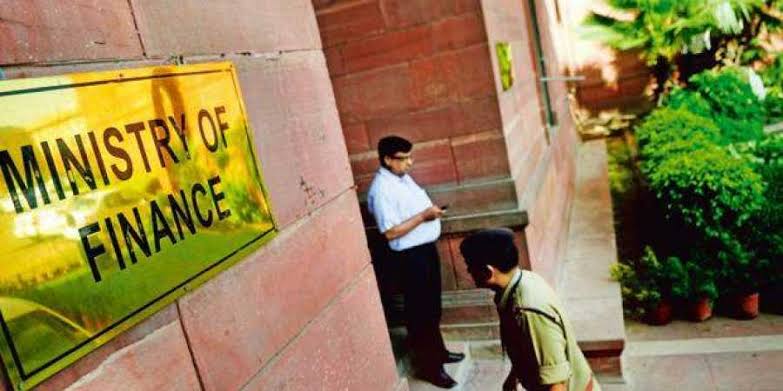The Ministry of Finance released a macroeconomic report and said, “As a considerable drop in domestic economic activity significantly curtails imports, India’s current account balance may generate a small surplus in the first quarter of 2020-21,”.
It added, “India’s current account deficit (CAD) was also supported by low levels of external debt servicing”.
According to the report, “During COVID-19 times, the external debt and its repayment burden is a major challenge being faced by some emerging market economies. However, India is not vulnerable on this count as its external debt to GDP ratio has remained low at about 20 per cent during the last three years”.
Previously, SBI research report has predicted that India is likely to witness a current account surplus of O.7 per cent of GDP at $19 billion for FY21 as a result of the collapse in oil prices and an expected 25 per cent decline in merchandise imports.
Barclays too projected an expected 0.7 per cent of GDP Surplus in India’s current account this fiscal year at $19.6 billion. Chief India Economist at Barclays, Rahul Bajoria said, “While low oil prices are serving as a tailwind for the economy, we think the bigger impact on the current account balance will come from reduced demand for both oil and non-oil imports”.
According to the government report, “Net FDI inflows rose from $1.98 billion in February 2020 to $2.87 billion for the March. This resulted in a cumulative net inflow of $42.7 billion during FY20, up from $30.7 billion a year ago”.
It added, “However, the country took a hit on foreign portfolio investment as it witnessed a sharp outflow of $16.16 billion in March this year compared to an inflow of $1.02 billion during the previous month”.
Still, the resulting cumulative net outflow of $140 million in FY20 is comparatively lower than its previous fiscal year

